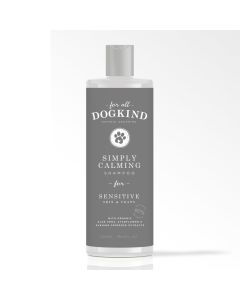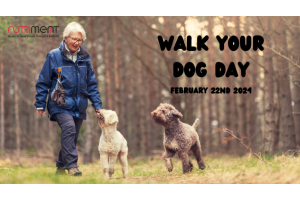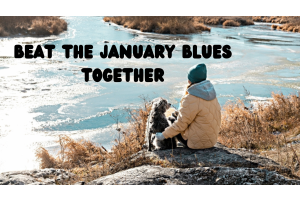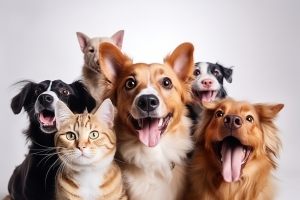The ultimate dog coat guide
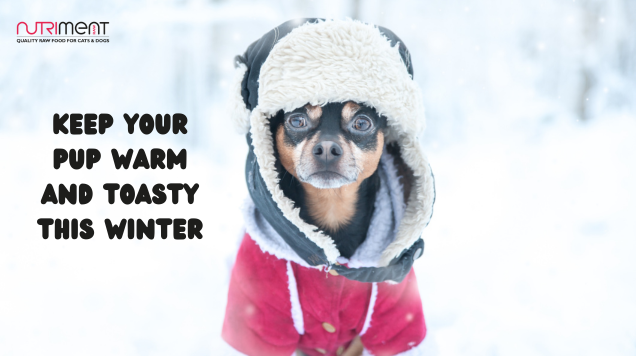
The dog coat 101: prepping for winter
The ultimate dog coat guide
Winter is coming. We repeat – winter is coming! We don’t know about you but we’re shivering at the thought of it. But whilst it may feel like we’ll never see the sun again and the sight of the smart meter totalling up our heating bill cost is starting to give us nightmares, here’s one thing you don’t have to worry about this winter – your dog’s coat.
We’re giving you the ultimate dog coat guide. The when, what, why and how of the canine coat world, to answer questions like ‘Is my dog warm enough?’, ‘Do I need to keep my dog’s coat long in winter?’, ‘Does my dog need an actual coat?’, ‘What should I do when my dog gets wet in winter?’ and ‘Will my dog ever stop shedding his coat??’ (just kidding on that last one, the answer is of course no, never truly, you just have to embrace it).
The UK Kennel Club currently recognises 222 pedigree dog breeds, most of which are most easily recognised by their coats. Whether they’re long, medium or short coated, double or single coated, or have coats that are curly, silky, smooth, wire or rough, it’s safe to say that a dog’s coat is its most defining feature.
The type of coat, the maintenance required and if it sheds are common considerations when choosing which breed to join the family, and for good reason. You should be familiar with the particular requirements of your dog’s coat type to ensure that they are healthy, comfortable and maintaining the correct temperature.
Curly coated dogs
Airedale Terrier, Poodle, Lagotto Romagnolo
When it comes to curly coated dogs, regular grooming at all times of year is key. Their tight curls can become easily matted, and when you add rain and mud to the mix, it can very easily get out of hand. In winter, matted hair can lower the dog’s body temperature as moisture and cool air gets trapped between the mats and the skin, making it even more important to stay on top of their grooming schedule. Towel drying them after wet walks and daily brushing will prevent any painful mats and skin irritation – opt for a slicker brush for best results. The good news is curly coated dogs tend to shed less.
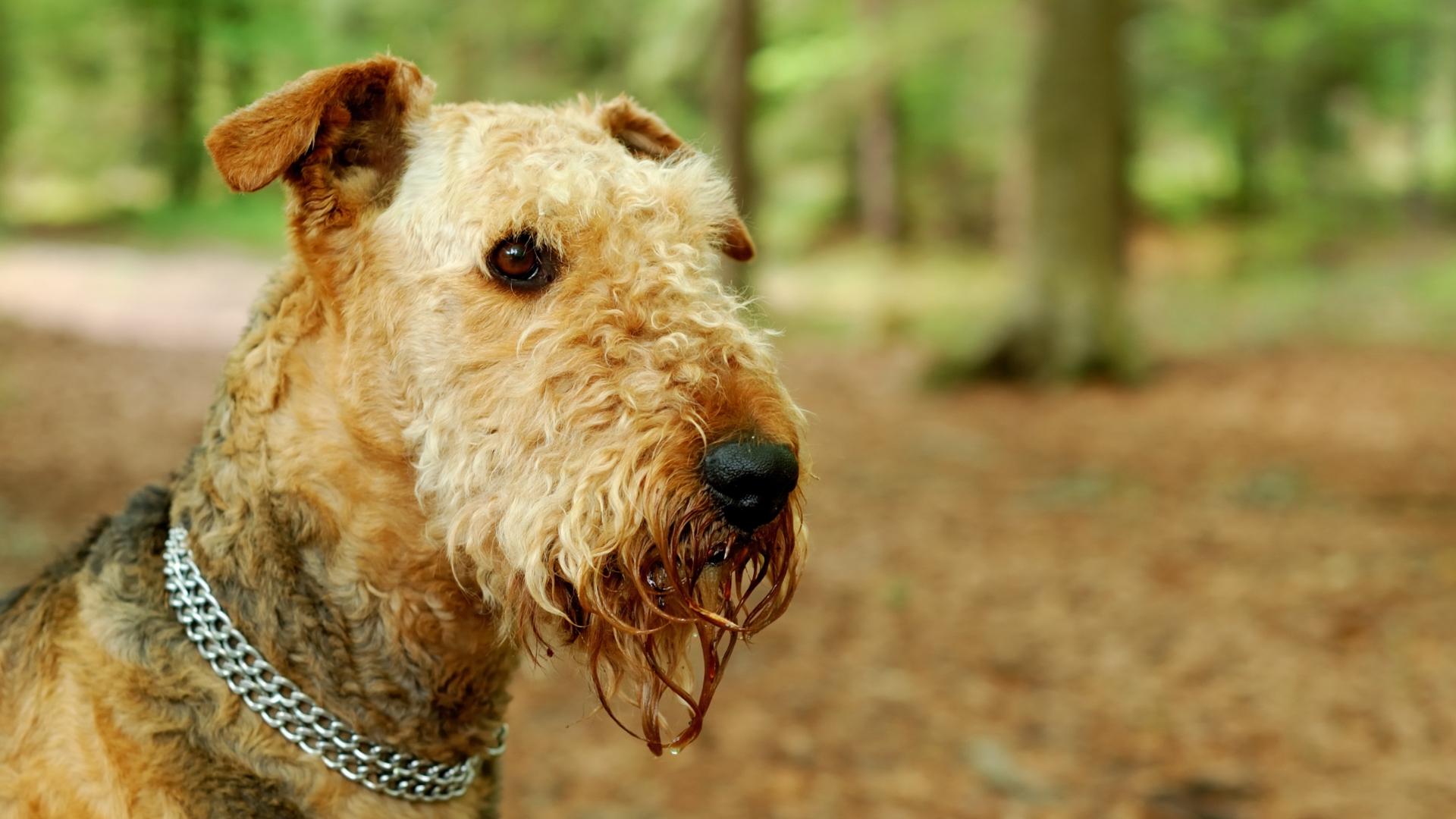
Silky coated dogs
Yorkshire Terrier, Irish Setter, Afghan Hound
The envy of the dog coat world, silky coated dogs, when healthy and well groomed, exhibit long, glossy locks. Silky coats tend to shed twice a year, and during these times daily brushing is recommended. Outside of shedding season, regularly brushing is still important to keep it tangle-free. Regularly brushing also distributes the skin’s natural oils throughout the coat, which will help keep that silky coat shining all year round. Silky coats tend to retain less dirt than other coat types, but it’s still important to wipe them down after muddy winter walks and keep up a grooming schedule throughout the winter months.
Rough & wire coated dogs
Jack Russell Terrier, Border Terrier, Wirehaired Vizsla
Rough and wire coated dogs have ‘rough’ feeling coats that require a unique type of grooming. ‘Hand stripping’ is a necessary part of a wire coated dog’s routine due to their lack of shedding. Hand stripping is a process where excesses dead topcoat is manually plucked / pulled from the coat in order to keep the coat tidy, healthy and strong. It’s important that you leave hand stripping to a professional as there are particular methods that need to be taken. Outside of their twice-yearly hand stripping treatment, they should be brushed weekly with a pin brush. This type of coat is very durable in winter: it’s hard wearing, water-repellent and highly insulating so wire coated breeds are well equipped for the colder months.
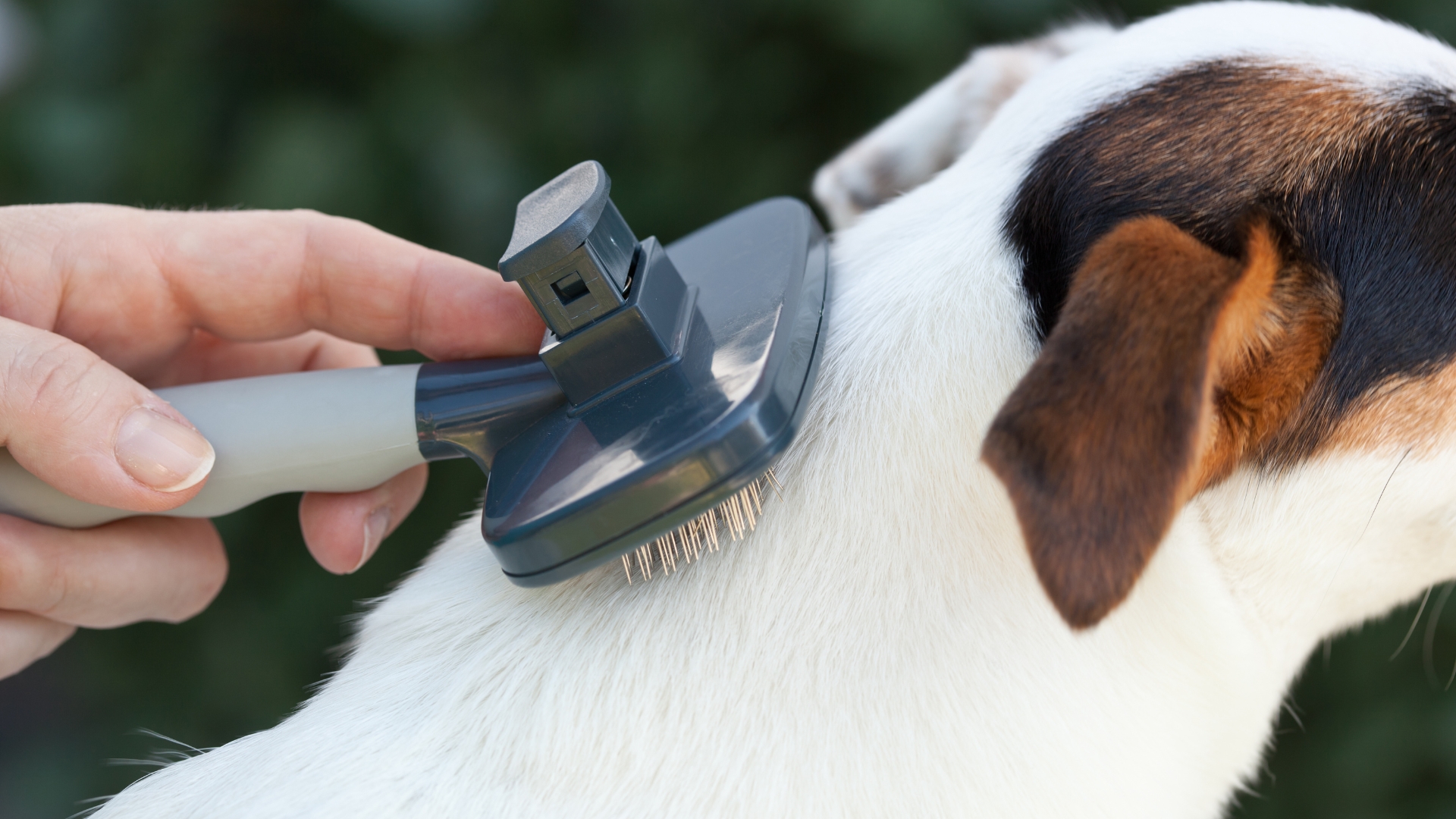
Smooth coated dogs
Labrador Retriever, Beagle, Bulldog
A smooth coat is the easiest to maintain; it’s short in length, sits close to the body and is unlikely to matt or tangle. It doesn’t need clipping or cutting due to its natural short length and its density maintains optimal temperatures during winter. The downside? Smooth coated dogs tend to shed heavily. This is to enable the dead hairs to fall and make way for healthy new hair. Ways to stay on top of shedding is to feed a healthy (preferably raw!) diet, and regularly brush the coat with a bristle brush. There’s no need to worry about transitioning into winter with a smooth coated dog, other than the occasional bath when things get particularly muddy.
Hairless dogs
Chinese Crested Dog, Mexican Hairless Dog, Hairless Chihuahua
Hairless dogs aren’t something you see every day, but just because they don’t have a ‘coat’ to maintain, regular grooming is important to care for their skin. With increased exposure to the elements, regular bathing with sensitive shampoo is ideal to keep hairless dogs’ skin in healthy condition. Hairless dogs are typically smaller breeds, and so it’s important to invest in a dog coat, and even dog boots, to protect them from harsher winter weather conditions.
Double coats vs single coats
A double coat refers to the presence of an undercoat which is shorter in length than the outer coat. This double layer means that they are better equipped for colder, harsher weathers. Examples of double coated dogs include Labrador Retrievers, Akitas, Chow Chows, Huskies and Collies. Double coated dogs tend to ‘blow’ their coat twice a year, which means that they shed their entire undercoat when changing from colder to warmer seasons and vice versa. During this time, double coated dogs may require some extra grooming attention to ensure matting doesn’t occur.
Depending on the temperature, and the dog’s size and coat length, single coated dogs may need the additional insulation of a coat in winter as they do not have the additional insulation that an undercoat provides. Single coated dog breeds include Afghan Hounds, Pugs, Poodles and Shih Tzus.
For tips on how to maintain a healthy coat for your dog, head over to this blog post.
